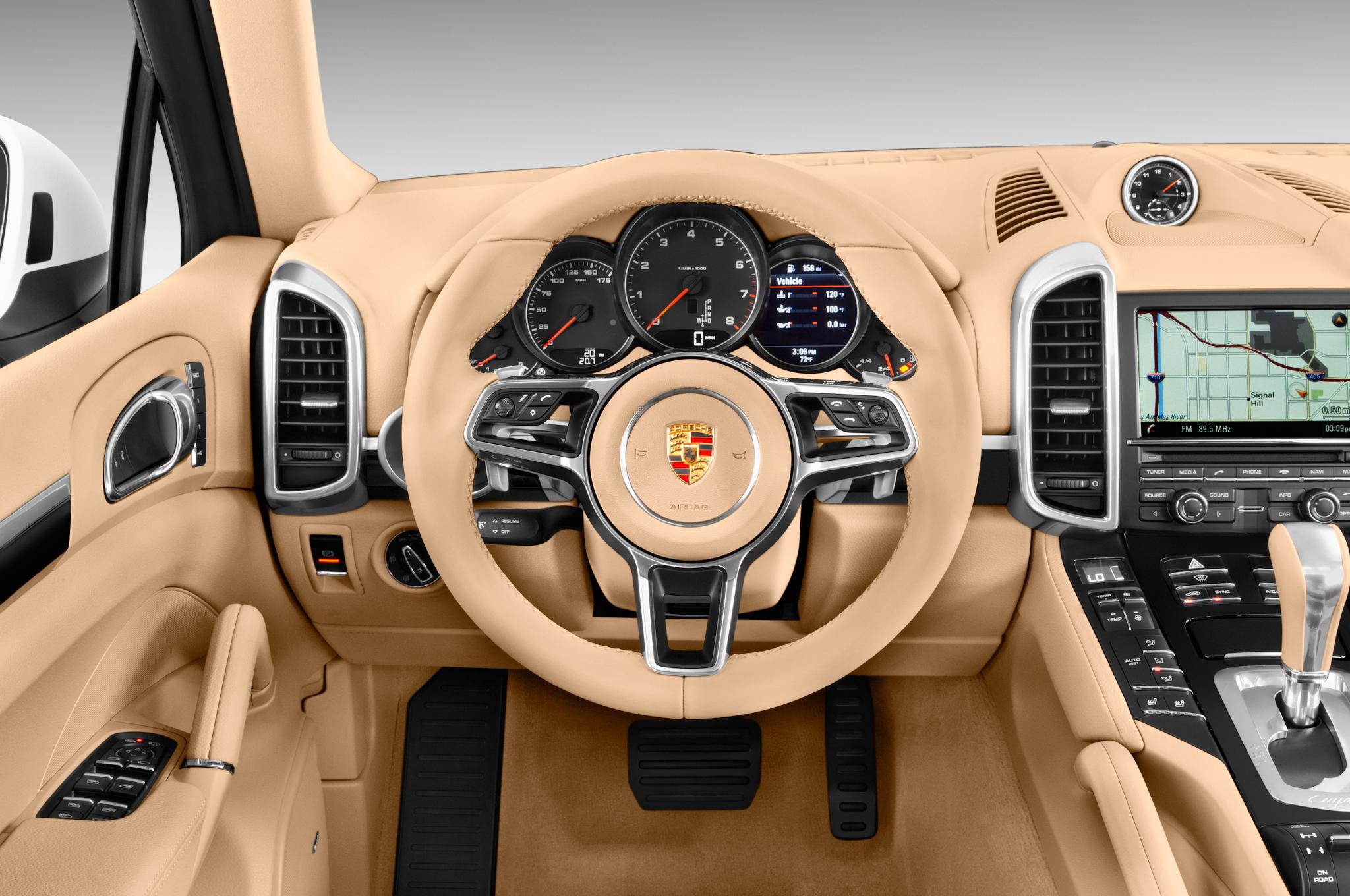Toyota styling moving in less boring direction under Toyoda

Toyota President announces ‘No more boring cars’
January 31, 2017
- Tweet
Akio Toyoda has issued a companywide decree for “no more boring cars.” And to back it up, the Toyota Motor Corp. president has given designers greater clout than ever.
The shift of power away from engineers delivered its very first daring design in the futuristic, fin-tailed two thousand sixteen Prius. The latest is the two thousand eighteen Camry sedan, with its bold proportions and flared sheet metal.
At the Camry’s debut this month in Detroit, Toyoda asked the overcapacity crowd if the eighth-generation sedan was sexy or truly sexy. It speaks to a dramatic, if risky, budge from the ho-hum Toyota of old.
The key to the automaker’s styling thrust is a revamped vehicle-development strategy that elevates a fresh “product chief designer” to work alongside the chief engineer as equal playmates in creating a car.
The idea would have been unthinkable at the world’s largest automaker just a few years ago.
For decades, design was routinely sacrificed at the mitts of Toyota’s production engineers, a coterie revered internally as “production gods” for their relentless pursuit of efficiency and the brutal veto power they wielded over any product flourish deemed too frivolous for the factory.
But Toyoda, in his own pursuit of sexy cars, has cut them down a notch.
Kicking off with the fourth-generation Prius, Toyota has overhauled how products are designed. The product chief designer was hatched as a kind of guardian of the styling studio’s true intent, shepherding it from the day of the initial sketch to the car’s line-off.
Detroit Auto Demonstrate
2018 Toyota Camry gets a facelift and fresh platform
The two thousand eighteen Toyota Camry flipped onto the stage at the Detroit auto showcase on Monday with a fresh, sportier (you might also say busier) look. The eighth generation Camry rails on the Toyota Fresh Global .
The gambit could lightly have gone awry.
Camry Chief Engineer Masato Katsumata, who also led development of the current, seventh-generation Camry, remembers the old days of the overlording production gods.
“Normally Toyota styling is not so sexy or three-dimensional. That’s because, I’m sorry to say, on the production engineering side, they do not take risks,” Katsumata said.
Quality control was job one, and complicated designs that necessitated complicated production methods needlessly raised the danger of defects.
Then there were the added costs of producing complicated sheet-metal stamps.
“So then ultimately, the designer’s direction is pulled back,” Katsumata said.
It required pressure from the very top to break the mold.
“It basically comes down to someone at the top telling, “We have to do this.’ And providing design a much stronger voice than ever before in this company,” said Ian Cartabiano, the Toyota design veteran who penned the initial 2-inch sketch of the fresh Camry in his calendar journal.
“And now, because of Akio, design has a truly strong voice,” he told Automotive News.
In Detroit, Toyoda conceded, “It’s no secret that I like to involve myself in the design process.”
But Cartabiano, chief designer at Toyota’s Calty studio in California, also played a key role in the switch. He shoved the envelope as designer of some of Toyota’s most striking latest vehicles, including the Lexus LF-LC concept sport coupe and the Toyota C-HR subcompact crossover.
For the Camry, styling stewardship was entrusted to Akira Kubota as product chief designer. Cartabiano said Kubota faithfully fulfilled his duty of shepherding the original vision.
Drive Reviews
“We actually embarked with that 2-inch doodle,” Cartabiano said of his calendar book drawing. “And it became sketch, thicker sketch, fatter sketch, model. But that original intention followed all the way through to the cars.
“It was totally fresh for us,” he said. “There’s always been a designer, but the chief engineer has been the top fellow. It was always just one hundred percent engineering.”
The Camry was a raunchy test of Toyota’s quest for zest. Go too wild, and the traditionally vanilla family sedan might alienate the masses that have made it America’s best-selling car for fifteen years straight. Katsumata’s Camry development team also wished to maximize the functionality of the car to counter the public’s stampede to utility vehicles.
Designers eschewed the style of ever-narrowing greenhouses to create fatter windows and clear visibility, Cartabiano said. Toyota also opened up back the car’s roof peak to give more headroom in the rear seat and added two inches to the wheelbase to improve rear door access. The trunk lid opens almost past vertical to permit better cargo stowing.
But the Camry makes the fattest flaps with its more dynamic exterior contours.
Part of the breakthrough came from Toyoda forcing the switch. But fresh metal-stamping innovations also cleared the way for creating the designers’ acute creases and curvy edges without the splintering of fragile edges in the factory. The advent of high-tensile steel also helped — as does the fact that Toyota, as one of the world’s richest automakers, can afford to splurge on fresh technologies.
“The fact that production engineering can make the shapes that designers wish about, that’s truly superb for us,” Cartabiano said. “I think you’re going to see a lot of kick culo products coming out of Toyota in the next duo years. And Camry’s a good commence.”